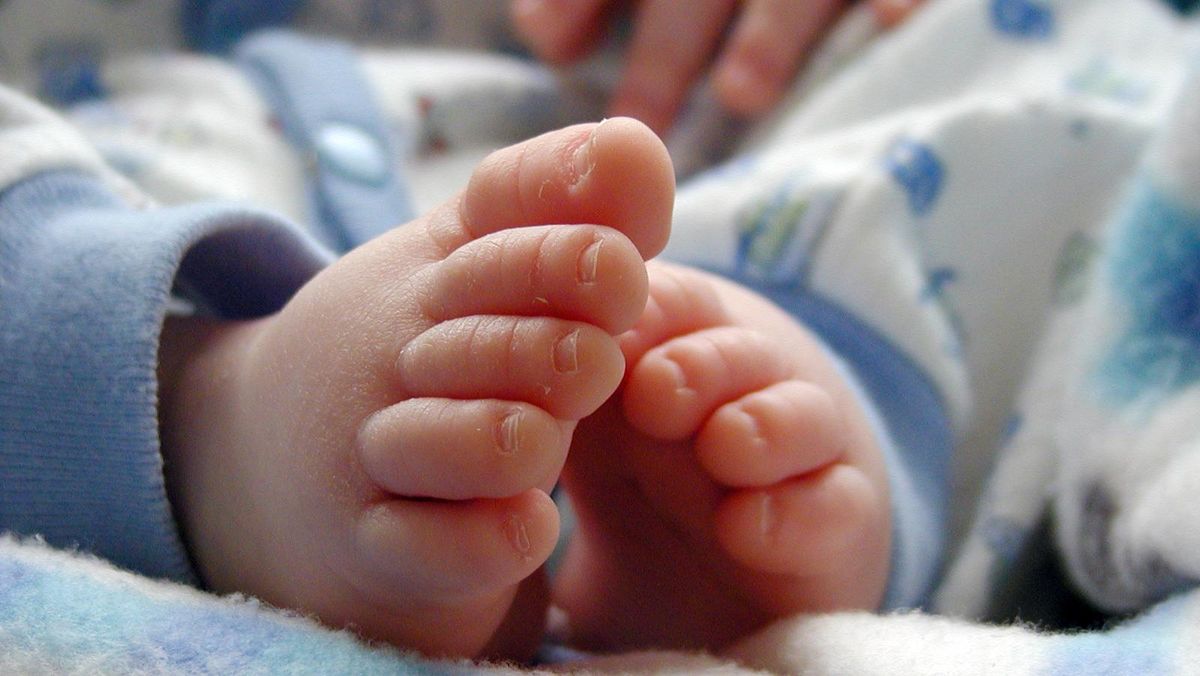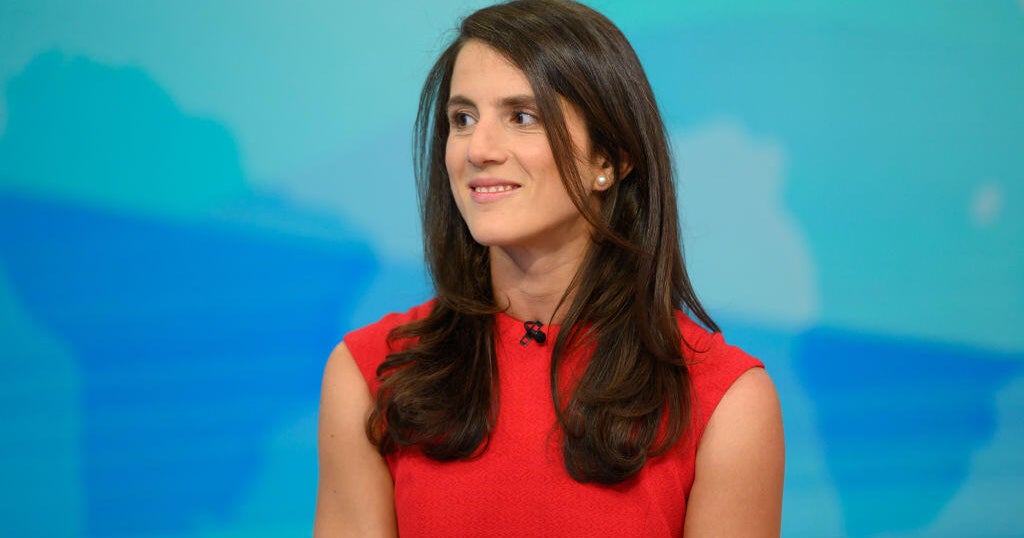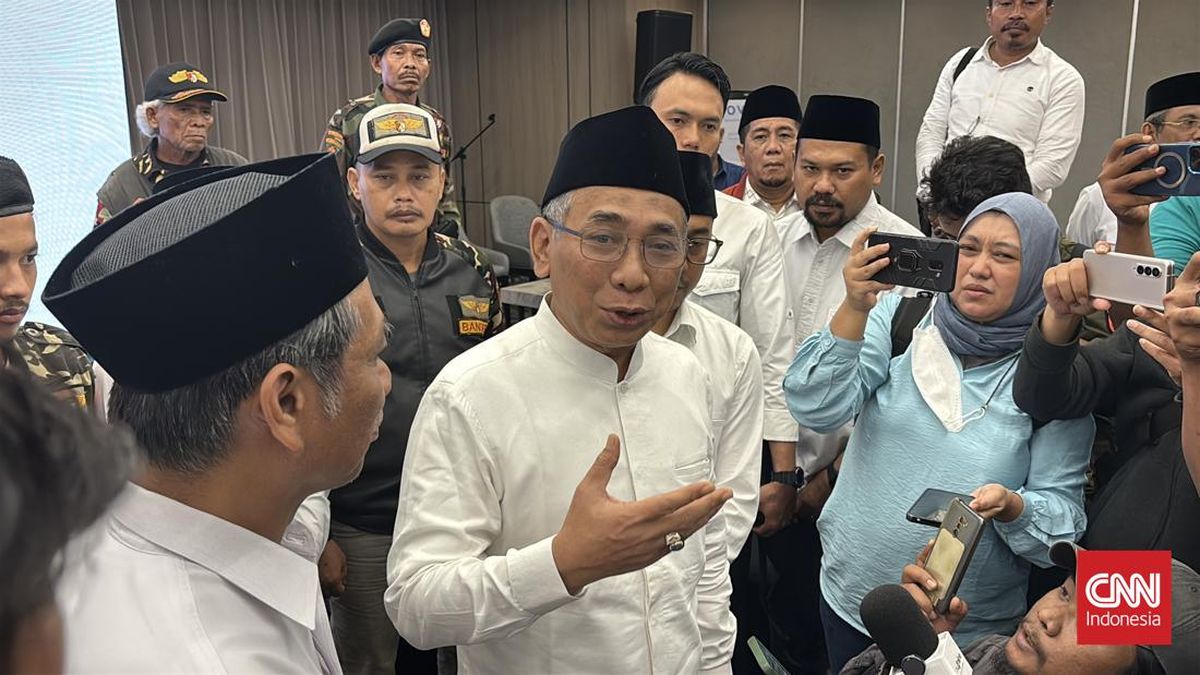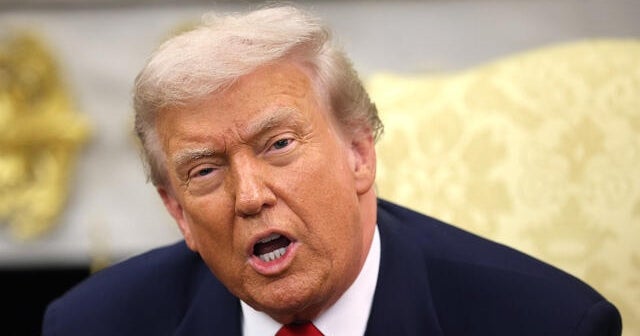Working Australians face paying more than $300 billion in extra income tax within a decade if the federal spending is not reined in, and low-income earners will bear the brunt of the growing tax impost, a former head of the Productivity Commission warns.
Michael Brennan, now chief executive officer of independent think tank e61, said on Friday the entire tax system would become more dependent on income taxes, and less progressive, with people on the minimum wage facing the steepest hits to their take-home pay.

A greater share of Australians’ wages will be paid in tax without any changes to the tax system.Credit: Matthew Absalom-Wong
The International Monetary Fund this week urged the federal government to consider broad tax reform alongside spending cuts to strengthen the budget and lift productivity. It advocated increasing and broadening the GST, reintroducing a resource rent tax, and ending tax concessions such as those related to the housing sector.
The tax changes could then cover the cost of reducing Australia’s corporate and personal income tax rates.
Brennan said Australia’s options to pay for extra government spending were narrowing as the dependence on company and personal taxes grew.
He said personal income tax, expected to raise $355 billion this financial year, had reached 12.7 per cent of GDP. To meet expected spending levels in 2036, it would need to climb to an unprecedented level of 14.5 per cent of GDP – or more than $670 billion.
Loading
The biggest hit would be on low-income earners. A person earning $45,000, even with the government’s two tax cuts that will flow in 2026 and 2027, will see their average tax rate climbing from 9.5 per cent to 13 per cent over the next decade.
“The Australian tax system cannot easily pay for European safety nets. And even meeting existing, age-adjusted, service obligations will strain income tax in terms of efficiency and equity,” Brennan said.
“At some point, policymakers will face the stark choice: either find a second workhorse or lighten the load.”
Brennan said federal government debt, combined with the growing debts carried by the states and territories, was reducing the tax and spending options for all governments.
He said Australia had benefited for years from a strong focus by governments and voters on balancing the budget. But that could easily change, putting Australia on the pathway playing out in other nations such as the United States, which is running a budget deficit of more than 7 per cent of GDP this year.
“One risk for Australia is that we ignore these trade-offs and sink into complacency about running ongoing deficits at state and federal level, with one side of the political debate expanding services and the other side cutting taxes with little regard for the bottom line,” he said.
The federal government’s single largest expense is the transfer of the GST to the states and territories, which this year will cost the budget $100 billion.
That includes up to $7 billion in payments on top of the GST itself, going to states and territories to ensure they are not left worse off from the 2018 agreement that revamped the GST allocation system put in place to assuage anger from Western Australia.
An inquiry is being held by the Productivity Commission into the allocation system. On Friday, it released an issues paper which signalled it would investigate how the 2018 changes had affected the states and whether there was a better way to allocate the GST.

WA Premier Roger Cook and Treasurer Rita Saffioti have launched a campaign aimed at protecting the state’s GST share.Credit: Alex Ellinghausen
It estimates the 2018 changes are on track to cost the federal government at least $49 billion by 2028, largely to ensure states are not left worse off.
According to the commission, an area of concern is whether the changes have increased state budget volatility and how it may affect their ability to fund services.
“The Productivity Commission will consider the degree to which variability of GST shares has changed in the years following the 2018 GST distribution reforms, and the extent to which this has impacted the ability of states to undertake fiscal planning,” the issues paper noted.
Loading
The WA government is fighting to retain the current GST allocation system while every other state and territory has raised concerns about its operation.
The commission noted that the level of debt being carried by states and territories had climbed substantially over the past few years, with many jurisdictions suffering a downgrade to their credit rating.
How the GST allocation system is affecting debt levels will form part of the inquiry.
“The Productivity Commission will assess the factors that have affected the fiscal positions of the Australian and state and territory governments in more detail in this inquiry, including the impact of the 2018 GST distribution reforms. This will include assessing each government’s revenues, overall budget position, and debt position,” it said.
The final report is not due to be completed until late next year.
Cut through the noise of federal politics with news, views and expert analysis. Subscribers can sign up to our weekly Inside Politics newsletter.
Most Viewed in Politics
Loading


















































